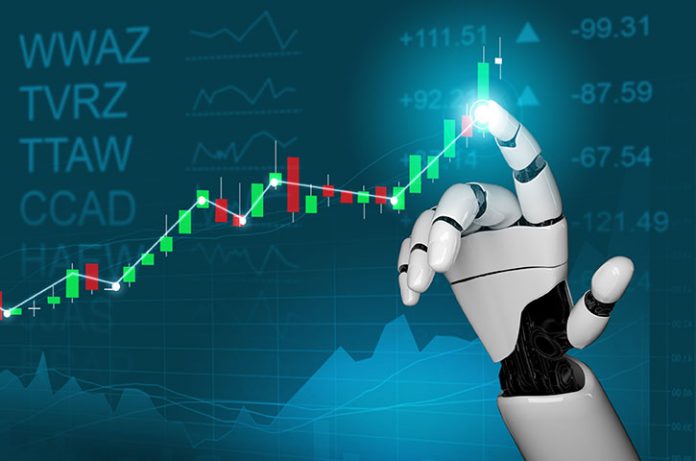
AI, or Artificial Intelligence, is one of the buzzwords popping up all over the investment sphere. There’s news all over the place about the position of AI companies as stocks to buy, and where they sit in the conventional trading sphere. But there’s far more to AI than just growth companies within the tech sector, and AI has been around far longer than you might think.
The term AI was even coined way back in 1956, so it’s not a new concept or a new name. It’s important to understand what it means before digging deeper. At its root, artificial intelligence is a set of algorithms and programs that are designed to be similar to human intelligence. These programs are created to mirror the decision-making ability that the human brain has when presented with similar sets of data. That’s the gist of AI, in a nutshell.
The most powerful difference comes down to speed. AI programs can collect, parse, and analyze data significantly faster and more accurately than humans can. Another benefit? computers don’t factor in emotion.
An AI program can ingest publicly available data, such as financial statements, along with market data like prices, volumes, returns, and more, and return a decision without ever considering whether the CEO had an affair or if the board of directors is likable. It can make modeling decisions without ever having seen a commercial that is liked or disliked, and without considering the impact of its logo colors or any other branding. Humans cannot dissect all of the information involved, let alone discard their emotional reaction to the company at large.
And now that unconventional data modeling can make use of web traffic, satellite images, and unique as well as repeated social media hits, the amount of data that an AI algorithm can ingest is simply incalculable to the human brain. Not only have models changed to ingest vast amounts of base data, but now the added input channels have increased as well. Consumers have more data points from which to make a truly well-rounded, informed buying decision, and they can make that decision in record time.
So what does this mean to the average investor?
What it means is that there can now be more players in the game. And that’s really good news.
With the rise of easily accessible data comes easily-usable applications. New investors can take advantage of services like Benzinga, which uses AI as a hands-off Robo-investor for smaller investors who are looking to enter the market. There are dozens of new apps like Acorns that offer one-stop-shopping for investing and banking as well. According to Benzinga’s website, “The market for investing is already beginning to move towards model-driven portfolios based on AI and factor investing.”
Artificial intelligence isn’t just touching the banking sector, to be sure. It encompasses a broad range of computing, reaching many areas of our lives. Alan Turing, famous for breaking the Nazi encryption code “The Enigma Machine,” famously asked, “Can Computers Think?” as long ago as 1950. He subsequently championed “The Turing Test,” a product of his paper “Computing Machinery and Intelligence.” We are now able to produce command strings and queries that enable computers to process vast amounts of information to decide for us, in record time (faster and faster nearly daily) what our best investment options are, to predict based on past performance what future behavior is likely to be and to help guide our decisions without biases that are inherent in our silly human ways.
Will AI ever be perfect? No more than the humans that write the algorithms. But the advantage of AI investing is that it will forever be faster and more predictable than we can ever be — and that makes the process far more likely to succeed, which is the news we all wanted anyway.
